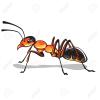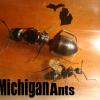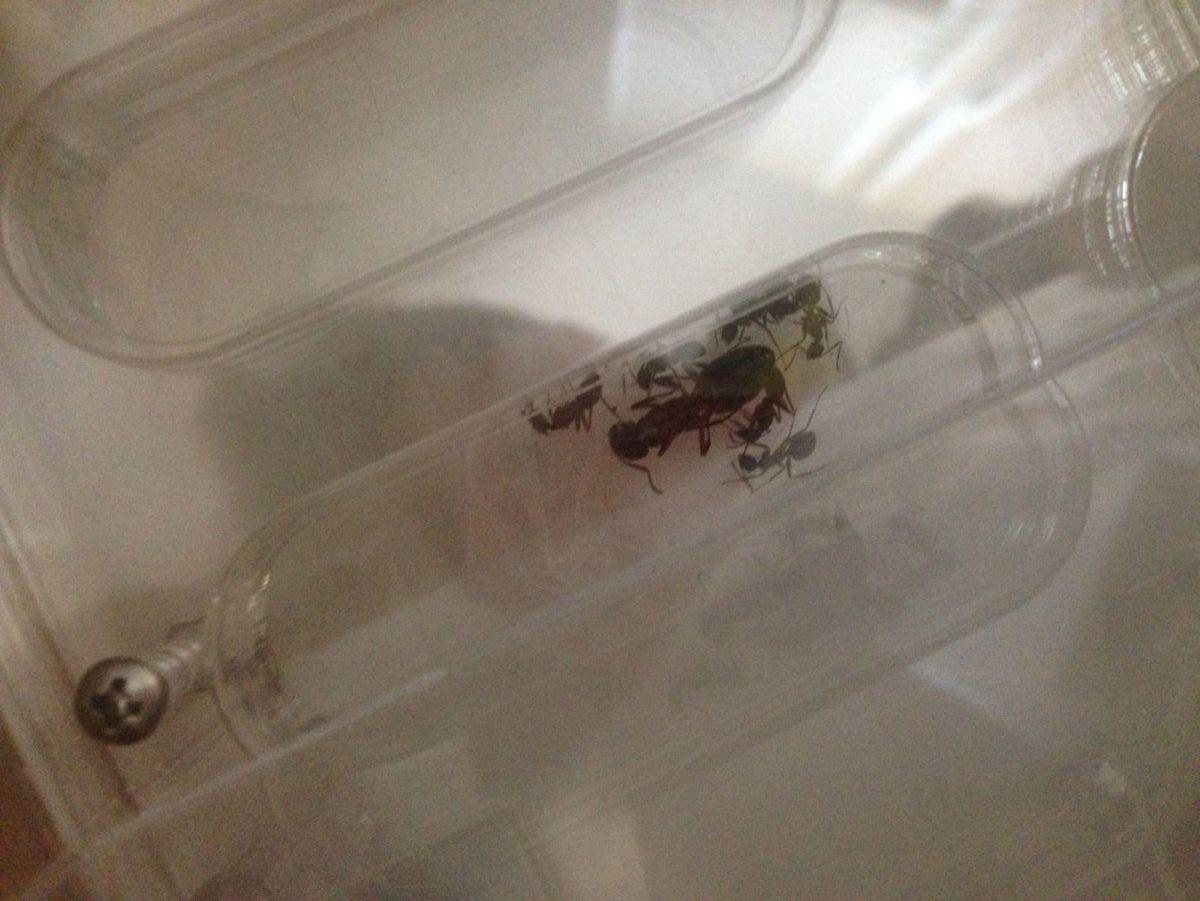I finally managed to get my hands on a colony. They were found in a log about a week ago, but I picked them up just yesterday.
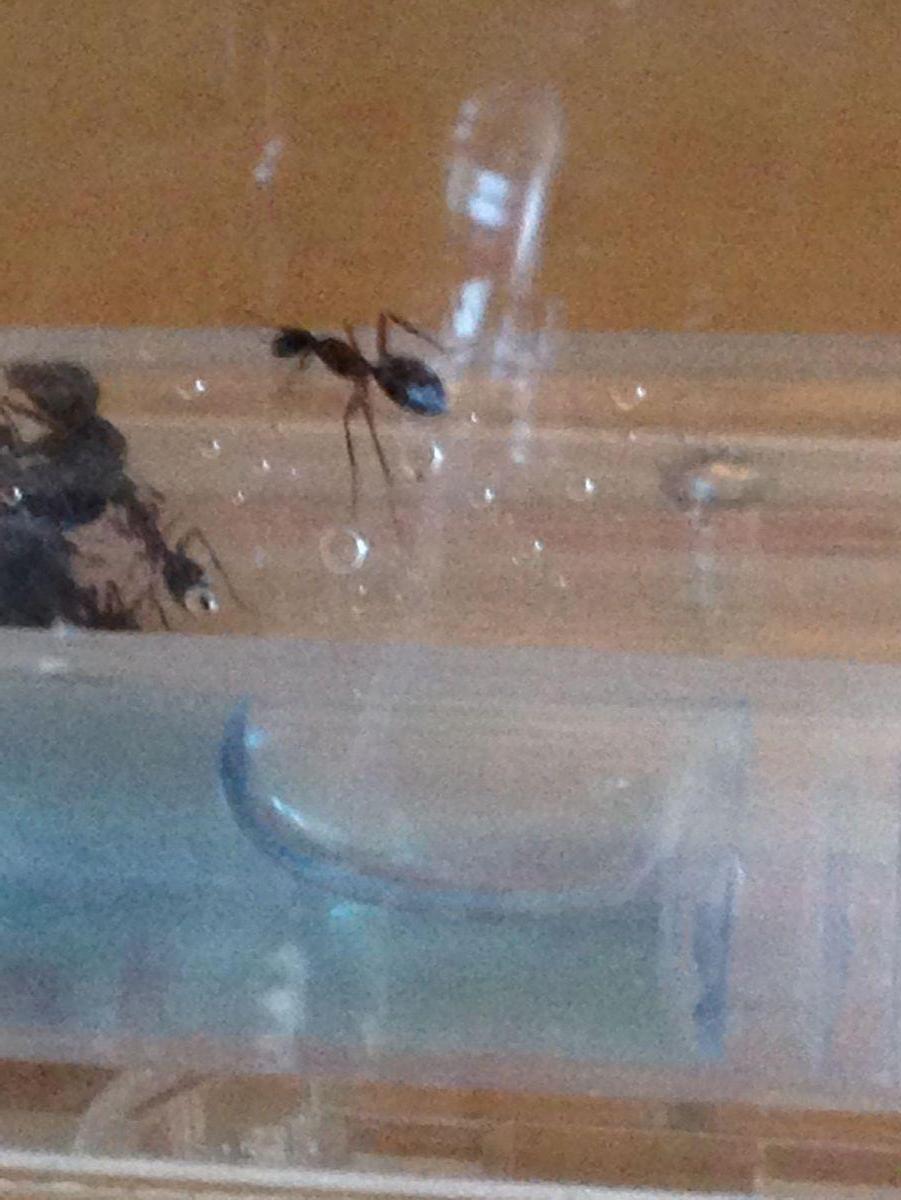
Anyway I put them in a test tube first, then placed that in an Omni nest's outworld. I blocked off some chambers, and let them decide where they wanted to live.
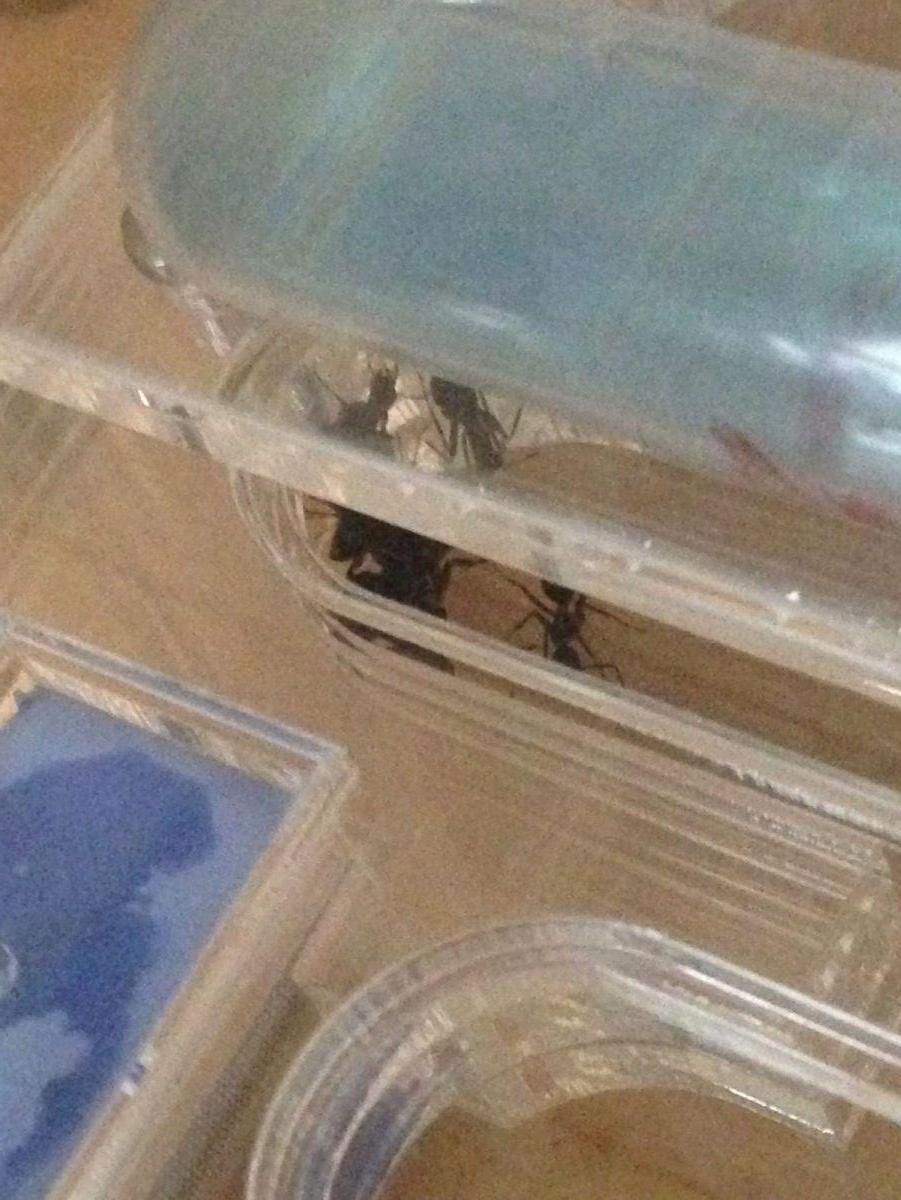
As you guys can see, they chose the Omni nest, and immediately carried a small batch of eggs in. Now, they are all in a small cluster, barely moving. I'm assuming they are about to hibernate, so I will be putting them in the fridge soon. The workers took in a boiled spider I gave them, and in one night all that was left after the queen had her fill were 2 spider drumsticks.
I hope this will be my first successful colony I keep.
Edited by Californian Anter, August 19 2017 - 4:53 PM.







